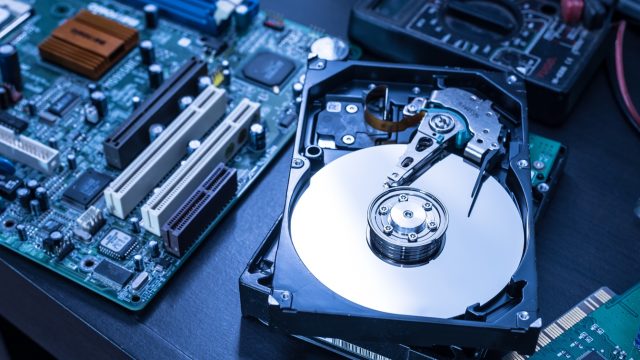Von Dr. Marc M. Batschkus

Many people run backups for years without ever needing recovery. So, recovery is not a term they are familiar with.
More dangerous is that they might not be familiar with the process of getting their data back when they need it. Disaster recovery might not even be considered, though, it is needed to protect a business. So, let’s take a closer look at the field.
To begin with, these three terms need a definition:
Backup is the process of creating a redundant copy of files that are used in daily production. It protects against human error and technical deficiencies.
Recovery is the process of getting files back from the Backup once a file gets lost, deleted, corrupted, or is otherwise not available. Recovery is also a test to check if the backup process and storage work as expected.
Disaster Recovery means both the process of an offsite Backup and getting data back after local damage has harmed or destroyed the local setup. For this, an additional location has to have the data as a Backup.
Backup vs. Recovery: What is the difference?
Key aspect #1
Ein regular Backup writes files to secondary storage that is usually part of the local setup. This is the first and most important layer of security in case files get lost, deleted, or otherwise become unusable. Since this Backup storage is local, it is subject to all local incidents, mishaps, human error, etc.
Key aspect #2
Disaster recovery always needs an offsite location or Cloud storage as a target. This offers the necessary protection against local incidents. For business continuity, this is a must.
Key aspect #3
Backup and the disaster recovery need to build on robust routines. For backup, this means scheduled automatic runs. For disaster recovery, it could mean either scheduling an automatic Backup to an offsite location (or Cloud) or routinely transporting tape sets to an offsite location.
Key aspect #4
For time critical data, the local “Backup” needs to be a failover or data availability solution because it does not need any runtime for a restore process. The complete data set is available immediately. P5 Synchronize offers this automated replication or cloning process.
Key aspect #5
Disaster recovery does not necessarily need to contain all files to be effective. In case of a real disaster, having a data set from a few hours or a day back may be of minor concern. Having access to the complete data set at all is the main goal and achievement for disaster recovery and supports the survival of the business.
Key aspect #6
For disaster recovery to work, independence of the local setup of the office must be assured. For disaster recovery to be effective, should the office setup become damaged, a plan must be made on how to actually use it and on what setup. This might include having spare storage or server hardware available if business continuity is crucial.
Key aspect #7
Options for disaster recovery storage include disk, tape, and cloud. All three can be used as offsite storage. Depending on priority and business continuity requirements, RTO or Recovery Time Objective becomes the central value for planning.
RTO is the time it takes to get (all) files back from the Backup. The main decision here resides between two options. Firstly, a regular Backup for less critical data sets. Secondly, a data availability solution that allows for a failover process to bring all data back in minutes without requiring a restore. P5 Synchronize offers data availability and replicates/clones files or complete storage(s) automatically locally or to a remote location.
Key aspect #8
In today’s challenging IT landscape, dangers, attacks, and malware are a reality that needs to be faced. One medium, in particular, offers a built-in solution for protection against those threats: LTO Tape.
Tape has a built-in air gap that protects all files on tape against any network-based attack. Even tape in the tape drive is a very low risk, since to this day, there is no known manipulation of LTO drivers and tape access. Both Backup and disaster recovery can build on tape as both storage and profit from these benefits.
Key aspect #9
Disaster recovery from a remote location is only as good as its accessibility is. This means, either physical distance, in case of offsite tape sets, or bandwidth, in case of remote disk or cloud storage. The old saying “never underestimate the bandwidth of a truck full of tapes” is relevant here. Physically transporting a tape set back to the office might be much faster than any online connection to the same location.
Zusammenfassung
Local Backup und the disaster recovery protect a company on different levels, complement each other, and are both necessary. Thorough planning helps to provide business continuity and maximum security. P5 Backup offers automated runs and can use disk, tape, and cloud storage. Tape sets can be cloned automatically so that the redundant copy can be stored offsite for maximum protection and disaster recovery.
For time-critical data that needs immediate availability, P5 Synchronize offers the necessary data availability by cloning/replication locally and/or to a remote location. Both modules are part of the P5 suite and share the simplicity of installation, configuration, and use via the browser.

